Boldorox Vial ZX
$60 $51
Package: 1 vial (250mg/ml 10ml)
Active Substance: Boldenone Undecylenate
Product Name: Boldenone, Bold, Equipoise
Instruction
Chemical Characteristics of Boldenone
As previously mentioned, Boldenone is a synthetic derivative of Testosterone where it has been modified at carbon 1 and carbon 2 on the steroid structure, where double-bonds have been added between these two carbon atoms. This is what is known as the modification that is responsible for reducing Boldenone’s affinity for interaction with the aromatase enzyme (the enzyme responsible for the conversion of androgens into Estrogen). As a result, its Estrogenic activity is regarded to be lower than Testosterone. Boldenone is Boldenone with the Undecylenate ester attached to it. Specifically, ‘Undecylenate’ is Undecylenoic acid, but once bound to Boldenone it is properly referred to in chemistry as an ester bond (or ester linkage). Undecylenoic acid is chemically bonded to the 17-beta hydroxyl group on the Boldenone structure. The addition of this ester augments the hormone’s release rate and half-life to favor a longer window of release. The primary reason for the augmentation of its half-life and release rate is because once Boldenone Undecylenate enters the bloodstream, enzymes work to break the bond between the ester and the hormone, which takes a varying amount of time. The end result is that of the ester being removed from the hormone by these enzymes, and the result following this is pure Boldenone that is free to do its work in the body. This process of enzymes removing the ester from the hormone to which it is attached is what is responsible for the slower release rates. When the Undecylenate ester is attached to Boldenone, creating Boldenone Undecylenate, the half-life of Boldenone is now extended to 14 days, providing a slower release and activity of the hormone than the hormone otherwise would without this ester.
Additionally, as noted near the beginning of this section, Boldenone and Roxobol are structurally identical with the only difference between the two being that Boldenone contains a the Undecylenate ester attached to its 17-beta hydroxyl group, and Roxobol instead contains a methyl group attached to its 17-beta hydroxyl group. Roxobol contains the methyl group (also known as C17-alpha alkylation) in order to prevent it from being metabolized and broken down by the liver through oral ingestion. Aside from these modifications, the two hormones are exactly identical and would be considered the exact same compounds. However, both of these hormones act significantly different from one another in the body, which is a very strong indication that the addition of a methyl group (C17-alpha alkylation) to the 17th carbon does more than just affect the hormone’s resistance to breakdown in the liver – it actually changes the effects and properties of the anabolic steroid.
Properties of Boldenone
Boldenone being a derivative of Testosterone grants it many of the same properties. For one thing, it possesses the exact same anabolic strength rating (100), and it is also an aromatizable anabolic steroid, which means that Boldenone can and does convert into Estrogen in the body through interaction with the aromatase enzyme. However, its double-bond modifications between carbons 1 and 2 reduce its affinity for the aromatase enzyme, granting it a lower rate of aromatization and therefore a lower Estrogenic activity in the body.
What this means is that Boldenone will still convert into Estrogen, but at a far less significant amount than its parent hormone Testosterone. Although this is a very comforting fact and a pleasing property, the issue of Estrogenic side effects is still an issue and should not be ignored by any users. Therefore, individuals can expect not an elimination of potential water retention, but a vast difference in a reduction of it from Boldenone alone. Although at sensible and moderate doses, Boldenone should not exhibit bloating or any other estrogenic effects (depending on user sensitivity), the risk of these Estrogenic side effects will indeed increase as higher and higher doses of Boldenone are used. Increasing doses will mean increased rates of aromatization of the anabolic steroid into Estrogen.
Boldenone itself possesses a low androgenic strength rating (lower than its progenitor hormone Testosterone), which should be pleasing to individuals whom are sensitive to any number of androgenic side effects. Overall, individuals utilizing Boldenone can expect the same anabolic size, strength, and mass gains that would come from Testosterone with a lower incidence of Estrogenic activity and androgenic side effects. This means that gains from Boldenone itself should, for the most part, be fairly solid lean mass gains with minimal water retention (depending on dose) and would be a perfect addition to any bulking or lean mass cycle. It would even work as an appropriate replacement for Nandrolone in any stack.
Boldenone Side Effects
As previously mentioned, Boldenone expresses a lesser degree of estrogenic activity in the body than Testosterone itself. Studies have demonstrated that approximately half of the aromatization rate is experienced in the body with EQ as compared with Testosterone. Thus, the magnitude of Estrogen-related side effects with Boldenone should be significantly lower than Testosterone, but it is important to note that its estrogenic activity is still higher than Nandrolone by a small degree. Of course, if dosages rise, then aromatization (and subsequently, estrogenic effects) will rise in proportion. Usually Boldenone dosages rising above 200 – 400mg per week will result in observable increases in estrogenic side effects. Anti-estrogens and aromatase inhibitors may be necessary in these cases to stave off and ward off these side effects. Estrogenic side effects can include: water retention and bloating, increases in blood pressure (resultant from water retention), increased fat gain/retention, and potential development of gynecomastia.
Androgenic side effects, although much lesser than Testosterone, are still a possibility with Boldenone. Although Boldenone e interacts with the 5AR (5-alpha reductase) enzyme, which is the enzyme responsible for the conversion of Testosterone into the stronger androgen DHT (Dihydrotestosterone), it does not convert into DHT but instead converts into Dihydroboldenone (DHB). Although it converts into DHB, studies have found Boldenone to undergo this conversion at a much lower rate than the conversion of Testosterone into DHT. Androgenic side effects can include: increased oily skin (sebum secretion), increased acne formation (linked to sebum secretion), bodily and facial hair growth, and the increased risk of experiencing male pattern baldness (MPB) if the individual possesses the genetic predisposition for it.
Boldenone is not liver toxic, and it does express the same degree of cardiovascular risks and endogenous Testosterone production suppression as most anabolic steroids.
Dosing and Administration of Boldenone
Medical Boldenone dosages and guidelines are nonexistent due to the fact that Boldenone is not currently approved for human use as a medicine. Although it was first utilized very briefly during the 1970s as a human grade medicine, this is no longer the case.
In the bodybuilding and athletic circles, beginner Boldenone dosages are generally in the range of 300 – 500 mg per week, followed by 500 – 750mg per week for intermediate dosages. Boldenone dosages are usually very similar to Testosterone, and venturing higher than the intermediate range is extremely rare, especially when the user is utilizing Boldenone alongside other compounds within a cycle, which should normally be the case.
Female anabolic steroid users might find Boldenone a suitable compound due to its considerably lower androgenic capabilities than Testosterone. In this case, females should find it acceptable to use 50 – 75mg per week. However, an issue that may present itself is Boldenone’s very long half-life of 14 days, which will undoubtedly manifest as a slow reduction of blood plasma levels. With this comes a slow elimination of the compound from the body, and this can be an issue when/if virilization signs and symptoms appear in female users and prompt discontinuation of the drug is paramount.
Being that its half-life is 14 days, it is ideal to split up the weekly dosage into two administrations spaced evenly throughout the week (for example, 500mg per week administered as 250mg on Monday and 250mg on Thursday).

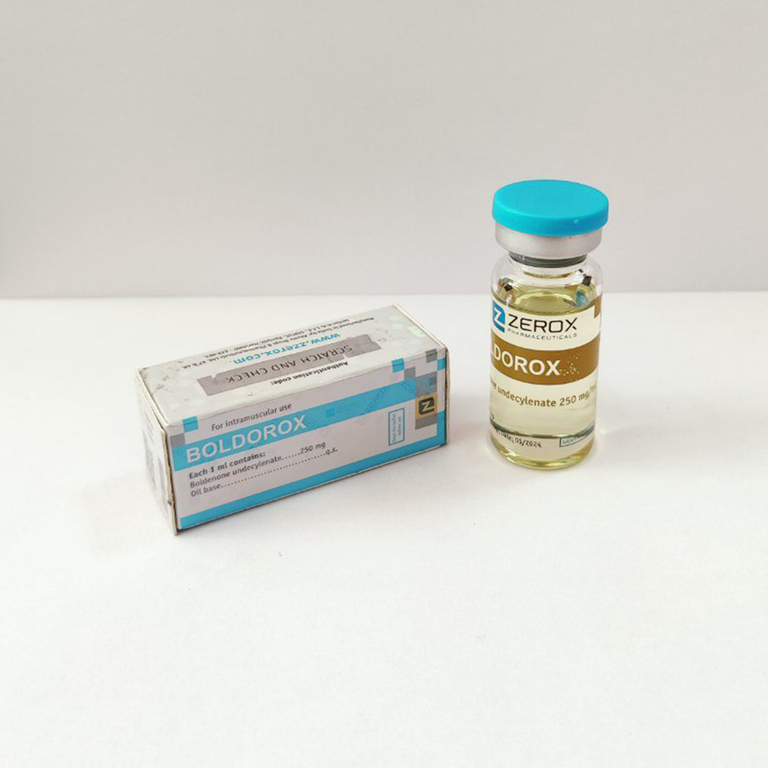

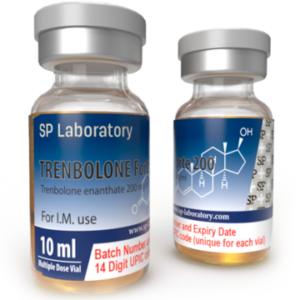
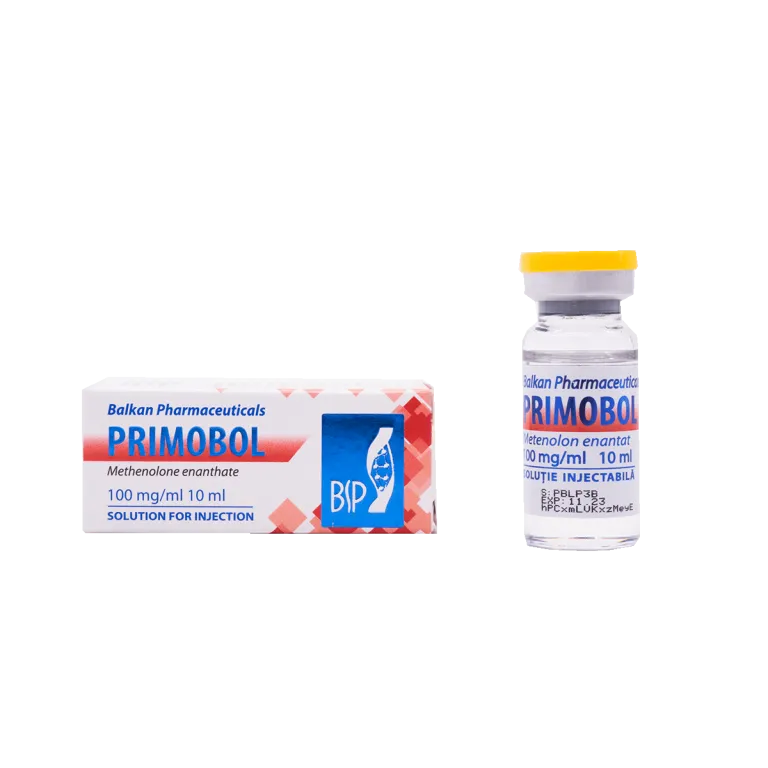

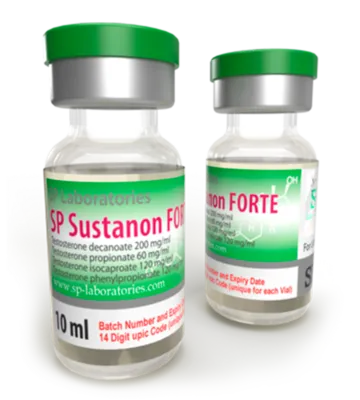
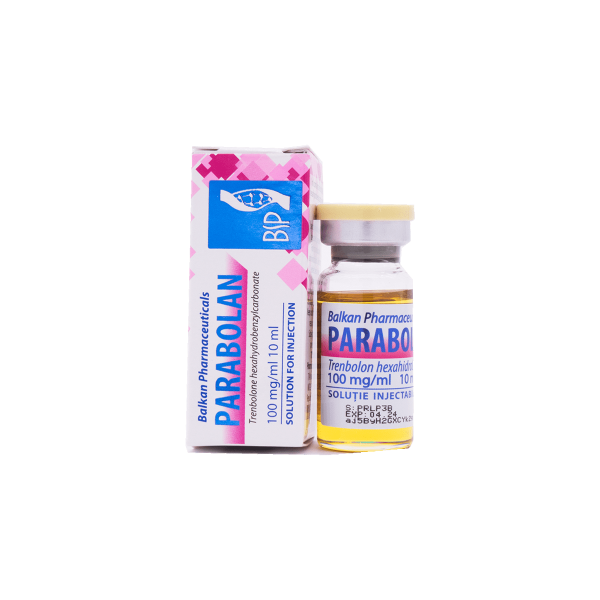
Reviews
There are no reviews yet.